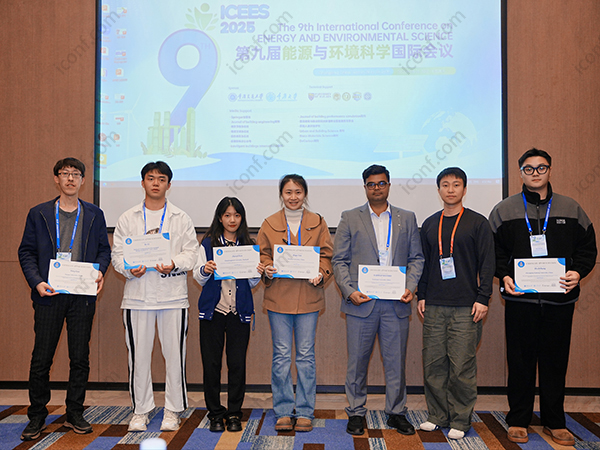

515 views||Release time: Aug 07, 2025
Attending an academic conference — whether as a presenter or listener — is a professional opportunity that requires thoughtful preparation, and that includes how you dress. Your clothing doesn’t need to be flashy, but it should reflect the respect you have for the event and your peers.
So, how do you balance professionalism with comfort and context? Here’s a practical breakdown of how to dress smartly for your next academic event.

Most academic conferences adopt a business casual dress code. This typically includes:
For men: Collared shirt or polo, dress pants or chinos, optional blazer
For women: Blouse, cardigan or blazer, skirt or slacks, modest dress
Ties and formal suits are usually not required unless you're speaking at a keynote session or a very formal event. Academic spaces value content and clarity, not high fashion — but clean, coordinated, and appropriate attire goes a long way.
You might spend long hours in lecture halls, walk between venues, or stand during poster sessions. Choose clothing and footwear that are:
Comfortable to wear all day
Not too tight or restrictive
Weather-appropriate if attending in person
Shoes should be professional but practical — think loafers, low heels, or smart flats. Avoid new shoes you haven’t broken in yet.
Presenters: Dress one step above the average attendee. A blazer or tailored outfit helps you stand out while maintaining professionalism.
Moderators/Chairs: Aim for polished and confident attire, as you’ll be leading discussions.
General Attendees: Clean, well-fitted clothing with a professional tone is sufficient.
Virtual presenters should also dress professionally — at least from the waist up — and ensure their background and lighting reflect a tidy, serious setup.
For international conferences, consider the local customs. What’s business casual in one country may be too formal or informal in another. When in doubt:
Check past event photos (if available)
Ask the organizers
Choose a safe middle ground
Avoid clothing that could be seen as overly casual or distracting — like ripped jeans, flip-flops, loud prints, or excessive accessories.
Conference rooms are notoriously unpredictable when it comes to temperature. Consider:
A light jacket or cardigan
A professional-looking tote or laptop bag
Minimal accessories that don’t interfere with note-taking or presentations
Being prepared and adaptable adds to your professional appearance — and helps you stay focused on the academic content.
While no one expects runway fashion at a research event, how you dress subtly communicates your level of preparation and engagement. When you feel confident in what you wear, you’re also more likely to speak clearly, network openly, and leave a positive impression.
Whether you're stepping into your first conference or attending your tenth, dressing appropriately sets the tone for a productive academic experience. For more tips on preparing for conferences, or to explore high-quality academic events across disciplines, visit iconf.com — your trusted resource for academic success.
Dress smart, stay comfortable, and let your ideas do the talking.